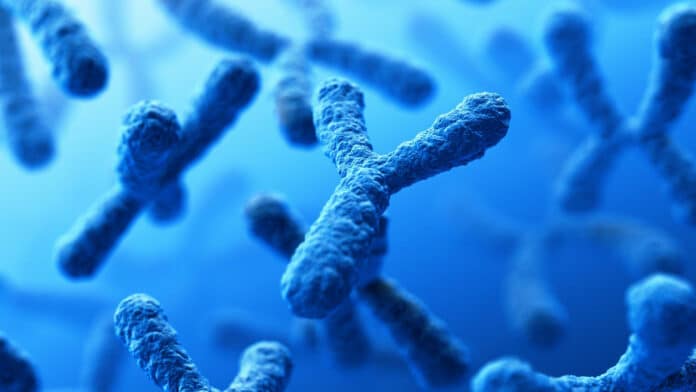Biological sex is a fundamental trait influencing development, reproduction, pathogenesis, and medical treatment outcomes. Due to the masking effect of genetic differences and the hurdle of differentiating chromosomal versus hormonal effects, modeling sex differences is quite difficult.
A new study by the scientists at Israel’s Hadassah Medical Organization is a breakthrough in gender medicine. Scientists have created the world’s first human male and female cells with the same genetic code from the same person that differs only in sex chromosomes. This new and unique model could lead to discoveries in the investigation of sex differences and the development of gender medicine.
Stem cells have the remarkable potential to renew themselves. They can develop into many different cell types in the body. This breakthrough could offer a platform to determine differences between the sexes in all types of cells. It will also help understand whether the cause of a difference is the composition of the sex chromosomes or the difference in the hormonal profile.
Scientists used the blood cells of a man with Klinefelter syndrome, a condition that causes him to have an extra X chromosome, to create the special stem cells (XXY). The genetic condition occurs in 1 to 2 of every 1,000 men.
The donor’s blood cells were converted into induced pluripotent stem cells and isolated stem cells, which were genetically identical except for their gender. Isolated stem cells can grow into any cell type, making them perfect for creating cellular models for researching sex-related differences in all human cell types. Pluripotent stem cells can develop into various kinds of cells needed for therapeutic applications. Additionally, the ability to research gender differences in both the presence and absence of sex hormones and to differentiate between the effects of genetic and hormonal factors on gender differences is made possible by stem cells.
Physician-researcher Ithai Waldhorn, MD, part of whose doctoral dissertation the study was conducted, said, “The blood cell donor in our study was unique and one of the few Klinefelter sufferers in the world whose blood also had small subpopulations of normal male (XY) and female (XX) cells.”
Journal Reference:
- Ithai Waldhorn et al. Modeling sex differences in humans using isogenic induced pluripotent stem cells. Stem Cell Research. DOI: 10.1016/j.stemcr.2022.10.017
